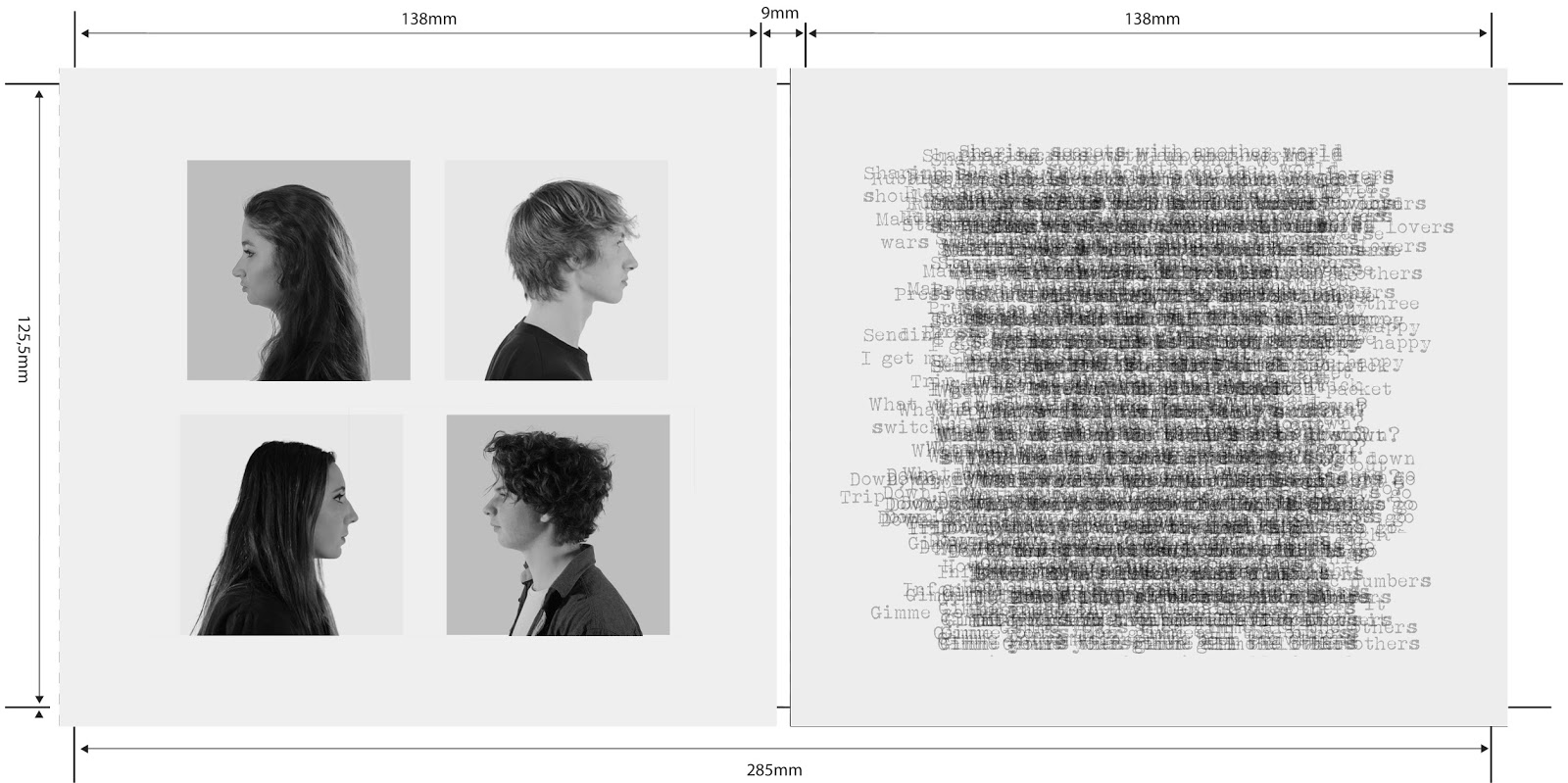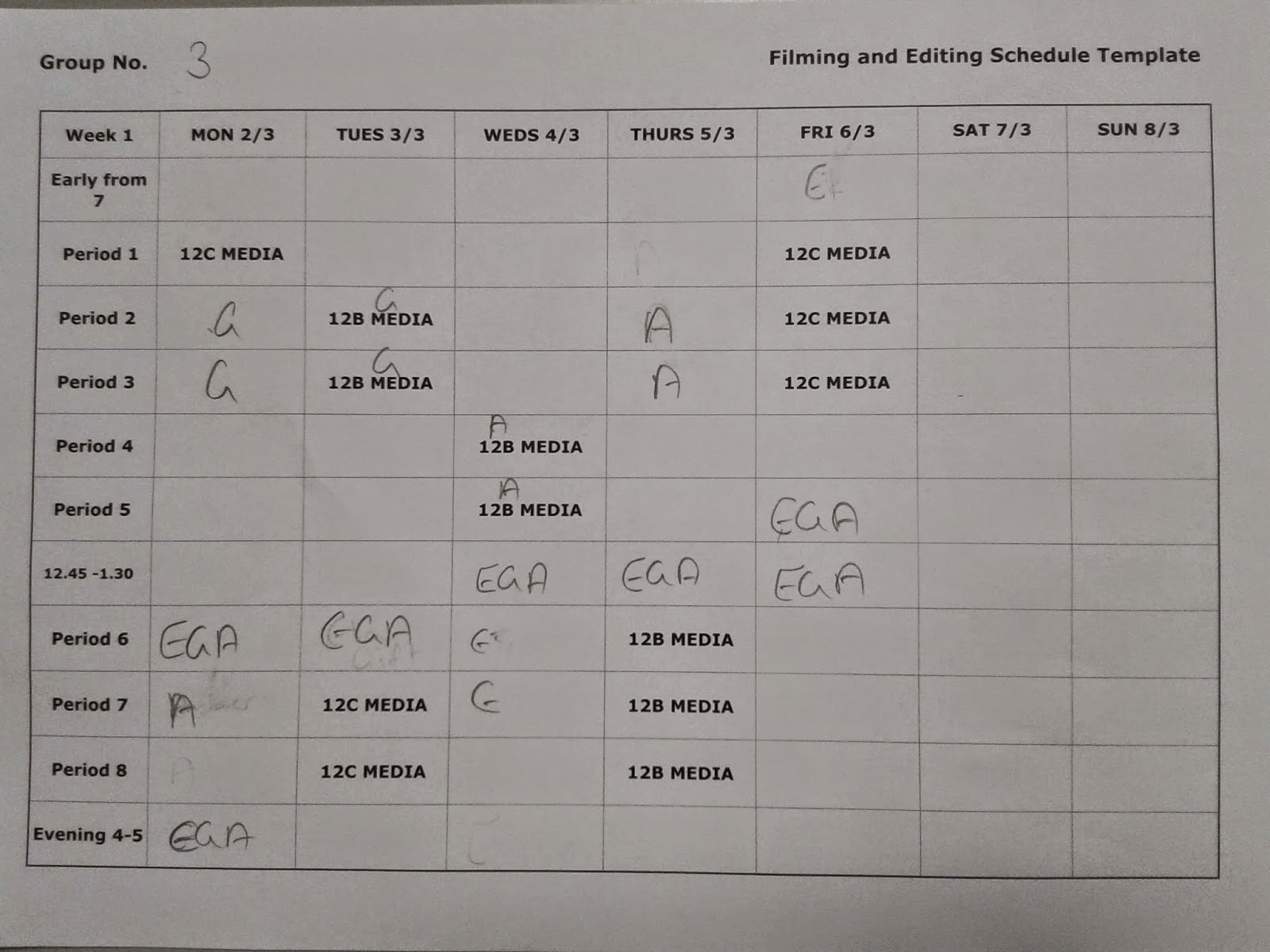Whilst making this film, our primary objective was to effectively attract our target audience. The methods by which we achieved this relied heavily on a theory developed by Blumler and Katz. Developed in 1974, the Uses and Gratifications theory draws upon four key motives. We implemented the theory and integrated its objectives with our own production.
Below is a diagram briefly outlining the theory.
How we used the uses and gratifications theory to attract our target audience:
As the film is a comedy and portrays a teenage boy attempting to form relationships in a social environment, it draws directly upon Diversion and Personal Relationships gratifications.
Diversion:
- Although our film operates within a setting that resembles everyday life, it is a light-hearted, comic take, perfect for providing an escape and diverting the viewer's attention.
- Our genre of film (Teen Comedy) relies heavily on the Diversion theory. If a film of this genre is unable to provide diversion, it would fail to attract and satisfy its audience. For this reason, it was of the upmost important for us to ensure our production was of high comedic value.
- In the opening, the portrayal of cliques, such as the geeks, is accentuated to an almost hysterical level, which acts as light relief, creating a more dynamic and entertaining sequence.
Personal Relationships:
- Due to our films relatable nature we are able to gratify the personal relationship needs of the TA. Our target age range (15-24 year olds) draws upon viewers who would have experienced similar scenarios in situations that are relatable and recognizable.
- Therefore, this makes it easier for them to substitute their personal relationship needs for those provided in the film.
Despite it being less closely connected, our opening and film plot can also be used for Personal Identity and Surveillance gratifications.
Personal Identity:
- In order for our production to satisfy Personal Identity gratifications it had to be relatable. Using stereotypical characterizations, we were able to ensure different roles and cliques would be both recognizable and able to provoke empathy. Through this, the viewer is able to understand and associate with the individual character, meaning reflection and learning can take place.
Surveillance:
- Overall, the film aims to inform people of the emotional roller coaster of school. It illustrates a particular situation which is directly relatable to a large cross-section of society.
- Specifically, in our opening sequence, where the character is confronted with, and taken aback by, the reality of social stigmas that can surround a school environment
Other ways we tried to attract our target audience:
- We made sure that we cast a range of ethnicities and people of different backgrounds. This is because, we wanted to create a multicultural society that accurately reflect the modern day UK public, more specifically of urban Britain.
- When editing we tried to use continuity editing as well. This was to enable the audience to be comfortably emerged in the story whilst ensuring that it is plausible.
- In addition, we made sure the ages of our actors were around 17 years old. The main reason for this was so that the younger side of our TA (15 and 16) would look up to these characters and look forward to what is to come. On the other side, they (18+) would be looking back in nostalgia on their younger years and would enjoy reminiscing.
- Finally, we made sure there was no gender skew to our opening. This was to kept our audience as large as possible.
The audience feedback and how we collected it:
We collected feedback in two ways; firstly through an interview process (one time about our production process, and then once about our final outcome) and then through an online survey.
Here is a video of the actors commenting on our production process:
Here is a video of the responses to our final opening that we obtained in the interviews. I have shortened it down and edited it together, making it quick and easy to watch.
Here is the feedback from the online survey:

-Despite trying to avoid a gender skew, the responses to our survey were predominantly from women.
[As can be seen in the pie chart on the right]
The data above proves that we did manage to attract our primary target audience effectively. It also highlights that older audiences (tertiary audiences) are still interest in our production.
Following on from this we asked if people could identify the genre and storyline of our film, just based on the opening sequence.
[Below is a small selection of answers]
The large majority of answers were exactly correct and I'm very pleased that our two minute opening was able to denote the storyline so clearly. In addition, when people identified the genre 42% said "teen comedy" and 58% said "teen drama". This information proves that the representations, settings and themes were typical of a teen movie and that the comedy was still connoted despite the more challenging and more "dramatic" themes.
Overall, i was very happy with the feedback we received. This is because 95% said they would continue watching the film after this opening; this was our main objective.

These were they ways in which we attracted and addressed our audience and as the data illustrates, it worked well.


















































